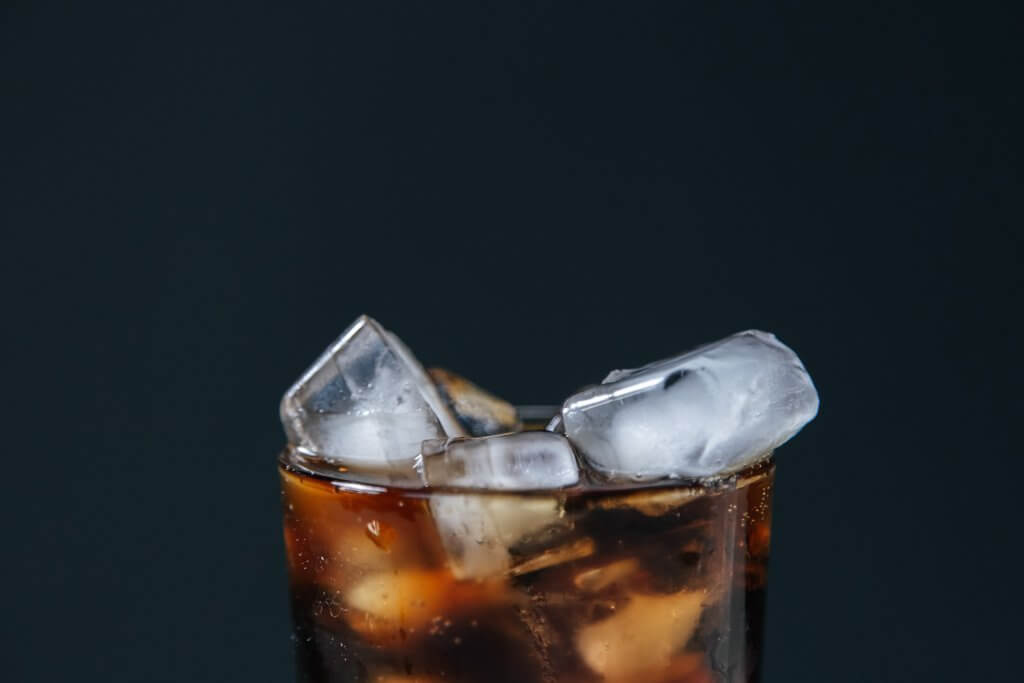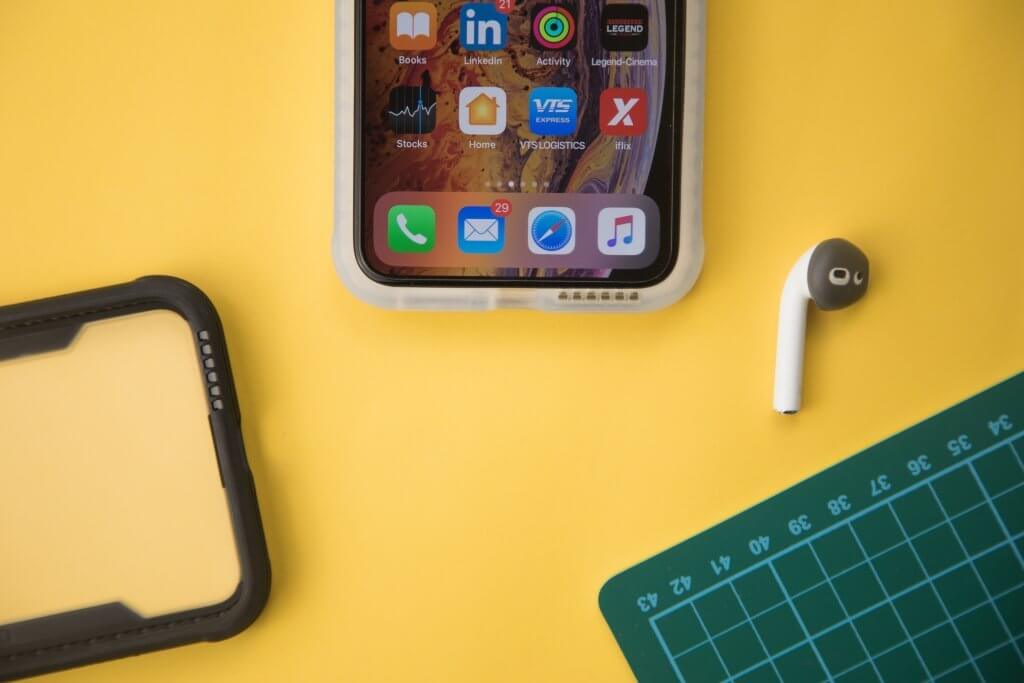Marketing Case Study: Coca Cola vs. Pepsi

The Secret Experiment of Carbonated Beverages: Coca-Cola vs Pepsi
Are you ready to dive into a world of surprising tastes and perceptions? In this article, I’ll take you on an intriguing journey through the experiment involving the world’s most famous sodas: Coca Cola vs Pepsi.
We tak about
ToggleWhat happens when people drink these two sodas without seeing the label?
Let’s find out together.
In the early 1980s, the famous soda company PepsiCo launched a TV advertising campaign. The storyboard of the campaign involved an experiment: both Pepsi and Coca-Cola were given to consumers without them knowing which was which.
Consumers had to indicate their preference in terms of taste, and the majority of those interviewed overwhelmingly preferred Pepsi. Despite these results, Coca-Cola continued to be the company with the largest market share.
So, there had to be something beyond flavor affecting the sales. This small experiment, initially created for advertising purposes, caught the attention of a famous neuroscientist at the Virginia Tech Carilion Research Institute, Read Montague, who wanted to delve deeper into the matter.
Why wasn’t Pepsi the leader in the soda industry despite being the preferred choice for its taste?
Dr. Montague used 67 volunteers, connecting them to a tomography and an MRI scanner. He gave the volunteers a taste of both sodas and noticed that the areas related to the brain’s reward system were activated when they drank. But when he showed the brand names, something surprising happened. Seeing the brands activated the medial prefrontal cortex in the volunteers, the brain area responsible for higher thinking, which sets us apart from other species. It’s as if a brand generates a series of images in our minds, relating to sensations and feelings. The experiment demonstrated that it is these emotions and sensations, generating memories, that lead to purchasing decisions, not the taste.
This was why Coca-Cola continued to be the leader in the industry, thanks to everything it subconsciously and unknowingly provoked. The conclusion teaches us that a correct brand development and the construction of its image in the consumer’s imagination are more important than the product itself. Consumers value the products and services a company offers, but they place much more importance on how they are presented.
The Power of the Brand
The carbonated beverages Pepsi and Coca-Cola are icons of the soda industry, with a rivalry dating back decades. These two companies have invested billions of dollars in building their brands, creating consumer loyalty that few other companies can boast of.
But what would happen if we removed the power of the brand and let the taste speak for itself?
The Secret Experiment
To find out, an interesting experiment was conducted. People were given a bottle of soda without a label and without any indication of the brand. They had to taste the drink and then share their impressions.
When participants started tasting the sodas, the reactions were surprising. Some noticed remarkable differences in the flavors between the two drinks. Some preferred the taste of one drink over the other, but didn’t know which was which.
The Power of Perception
This experiment shows how powerful perception is and how it influences our preferences. Many people preferred one soda simply because they thought it was Pepsi or Coca-Cola, regardless of the actual taste.
Carbonated beverages are an industry where marketing and emotion play a crucial role. Advertising campaigns often aim to create an emotional bond between the consumer and the brand, rather than just communicating the product’s flavor. This case study should make you realize the importance of effective advertising in a world where content overload reigns supreme and seemingly “anyone can communicate.”
What Role Does Marketing Play in Our Daily Lives?
The unlabeled soda experiment teaches us the importance of branding and perception in consumer choices. Even if we think we prefer a soda for its taste, we are often influenced by our prior knowledge of the brand.
Next time you drink a Pepsi or a Coca-Cola, try closing your eyes and tasting it without being influenced by the label. You might discover that your preferences are more flexible than you think. And in the meantime, if you like this format, you can continue exploring the intriguing world of advertising and marketing with me.
Stay tuned for the next case study! 🥤✨
Digitally yours
☀️ Sara ☀️



